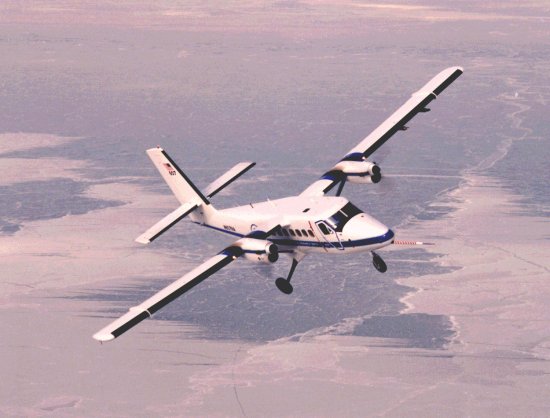Only in a military briefing like this, where in one breath they say that air drops are unacceptable because of a lack of security, yet in the next breath, the idea of parachuting soldiers in to provide that security was out of the question. Or they say that parachuting in would have sent the wrong message? Sooooo thousands of troops pouring in by airport or by ship sends a better message?
I don’t know folks. I think as soon as we said we were going to help, and do everything in our power to help, airdrops and securing those drop zones for such a thing, should have been considered. Wrong message or not, air drops send the right message of ‘doing all we can to help’. It would have also put tools in the hands of the people, along with food and water, to hold them over until the main effort gets under way.
At least they dropped what they did, but how many days were wasted until they finally came to this logical conclusion? In the fire services, I would have been fired (if that is even possible in the federal government) for such a poor initial attack response. That, and an investigation. –Matt
——————————————————————
DOD Background Briefing with Senior Military Officials from the Pentagon About Haiti Operations
Presenter: Senior Military Officials
January 20, 2010
(airdrops and parachuting in troops section)
Q Could you explain this on-again, off-again story of air drops: first it was no way, then there was an air drop, then another — more were scheduled for today and, as I understand, they didn’t happen. So what’s going on with air drops?
SR. MILITARY OFFICIAL 1: Yeah, two things on that point, if I may. First off, air drops can be, obviously, very successful and very quick. And we know that yesterday they were both. They brought in over 15,000 meals and 15,000 liters of water.
There are two requirements for air drops. We just explained one, which is the actual availability of the aircraft. And sometimes you have to divert that aircraft to another mission, because in the — in the particular case — again, bringing 2/82 out of their home station, you know, either you bring the food and the water from there or you bring the people from there or you bring the trucks from there. So does that — that tradeoff about what gets on the aircraft is point number one.
And then point number two is, you have to have a safe and secure area to drop the water and the food: either that there is — it’s a controlled area, that there are either U.S. forces, MINUSTAH forces or government of Haiti forces there that can actually supervise the area, and it doesn’t become a scene where people are injured, and instead of distributing food and water, it becomes just — you know, a calamity, because people are crawling in to get there. So you want to secure the area.
With that amount of food and water, you need a big area. And in the aftermath of the quake, a lot of the displaced and the victims moved to the areas that we would have normally used for either LZs or PZs, and places where we would have distributed food and water or picked up people. And part of that would have been, for example, our embassy evacuation plan. So we had to make sure that the area we were going to drop the food and water in was, indeed, safe and secure.
Q The — early on, was there ever any — and you may have just answered this — any consideration to jumping the 82nd itself in; they then set up — you know, you’re clear, you got a landing zone, and then vehicles and supplies come in?
SR. MILITARY OFFICIAL 1: I would have to, you know, defer to the commander on the ground out there. I don’t think at this — from my point of view right here, I don’t believe there was a conscious decision to do that, because we didn’t think that was a — the prudent thing to do. It was a —
Q It wasn’t really considered?
SR. MILITARY OFFICIAL 1: No. And it’s — and there’s also an issue of optics here, because we are there to assist and enable. This is not a jump into a combat zone; this is not a jump.
So we’re there to assist and enable. It’s a peaceful nation. It’s a very dramatic and, as General Keen said, epic proportions, the disaster there. And we’re there to get there quickly and to help. And to parachute in or to drop in, it was not required and would have probably sent the wrong message.
Q Did you say there will be more airdrops that you’re planning?
SR. MILITARY OFFICIAL 1: Yeah. That is on the horizon. We’re always looking at the opportunity to do that. Right now the aircraft for today are filled, and we’re looking at moving cargo and personnel and drugs. But, you know, when we get that request, those are decisions that General Fraser and General Keen will make about the appropriate time and place to do that.
Link to briefing here.

